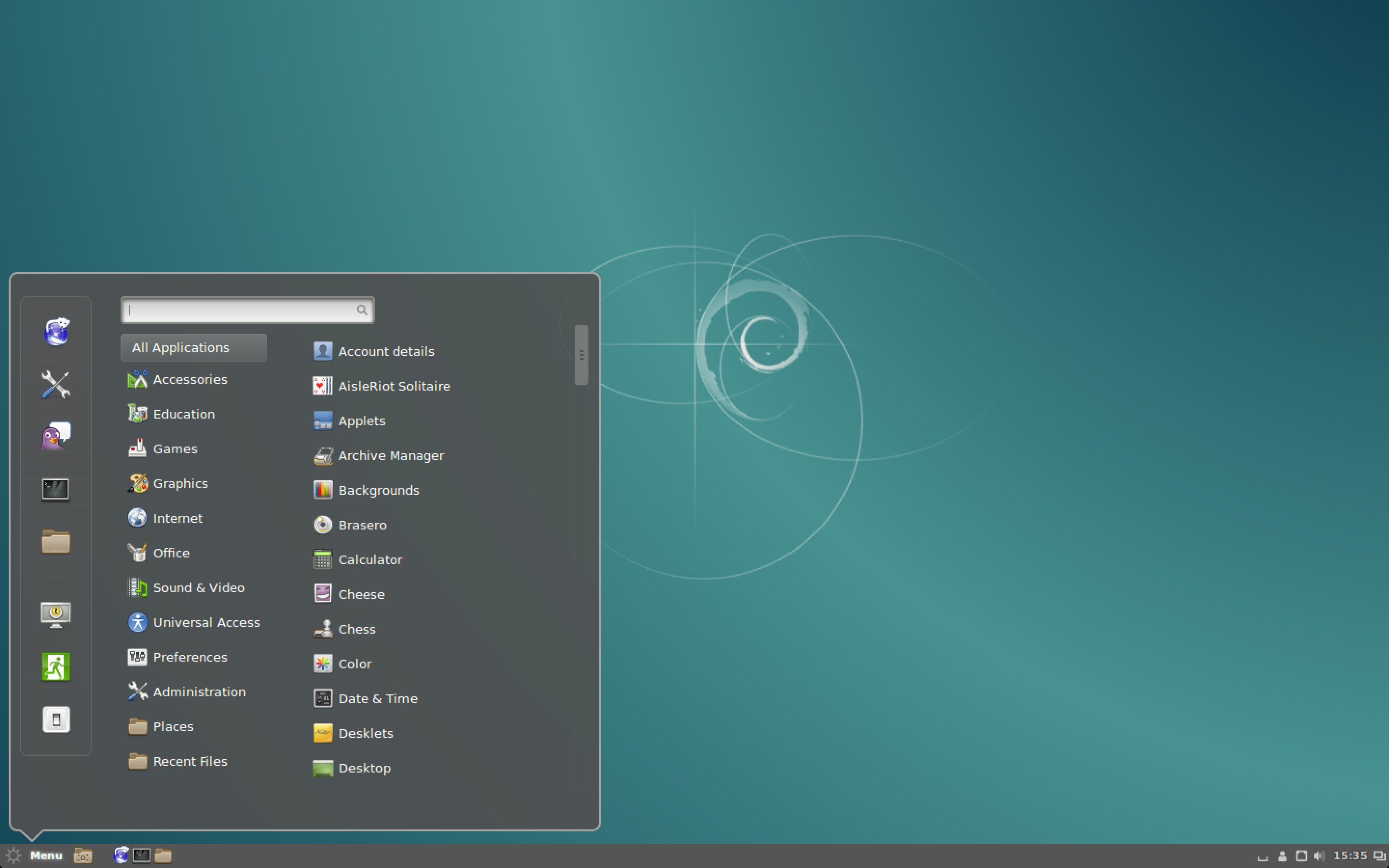

Latest debian upgrade#
Leaves users about 1 year to upgrade to the next one once this latter itself gets released. Is released about 2 years after the previous one (the often cited example of Debian Sarge being quite an exceptional event in Debian history). What can be deduced from those data is that the "most-typical" Debian release:Įndures a freeze cycle of 7 +/- 1 months before getting released. In the above array, data closely following "current" releasing tendencies have been highlighted in green. Note: the point releases (like 7.1 and 7.2) are detailed in each distribution's page. For example, Debian bullseye ("buster +1") was released on so Debian buster's EOL is around 2022-08. Reminder: the EOL date for the stable release is the date of the next stable release plus one year. use a tilde sign for approximate dates, with the first day of the month if unknown.
Latest debian iso#
Please use ISO 8601 dates to make the column align better and ease comparisons. Unstable - The unstable development release ( Sid), where new or updated packages are introduced.Įxperimental - Not really a release ( RC-Buggy), but a repository where packages are tested (experimented) if they are not suited for unstable.īackport - Not a release, but a repository for updated packages for stable. Testing - The next generation release ( Trixie). Stable - The current stable release ( Bookworm). Oldstable - The previous stable release ( Bullseye). The Debian FTP archives chapter of the Debian FAQ has even more information.
Latest debian software#
And the overview of software for Debian Stable describes common ways Debian stable is enhanced with newer software or otherwise given extended capabilities. Testing is recommended for advanced users who want new software on their desktops and who are capable of reporting and fixing bugs to help Debian.Ĭhoosing a debian distribution discusses the pros and cons of choosing one Debian distribution over another. Stable is recommended for applications requiring production-level stability and security (servers, firewalls etc) and is also recommended for those who are new to Linux. Packages are automatically copied from unstable to testing when they meet criteria such as lack of release-critical bugs, and dependencies being satisfied by other packages in testing.Įnd users should generally choose to run either stable or testing. The latest packages arrive in unstable (which always has the codename "Sid"). There are also two main development repositories unstable and testing which are continually updated during the development of the next stable release. Only stable is recommended for production use. When a new stable version is released, the security team will usually cover the previous version for a year or so, while they also cover the new/current version. It is also (currently) known as stable or by its codename " Bookworm".Įach version also corresponds to a set of named software repositories (at least one per CPU architecture).Īt any given time, there is one stable release of Debian, which has the support of the Debian security team.


 0 kommentar(er)
0 kommentar(er)
